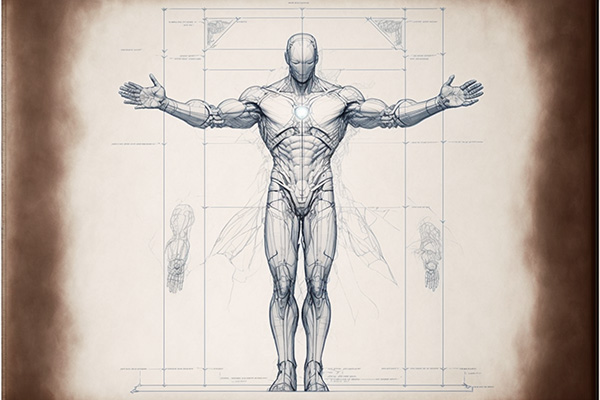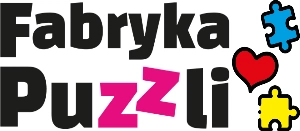Designing and Producing Board Games: Tips and Advice
2023-02-27 14:42:00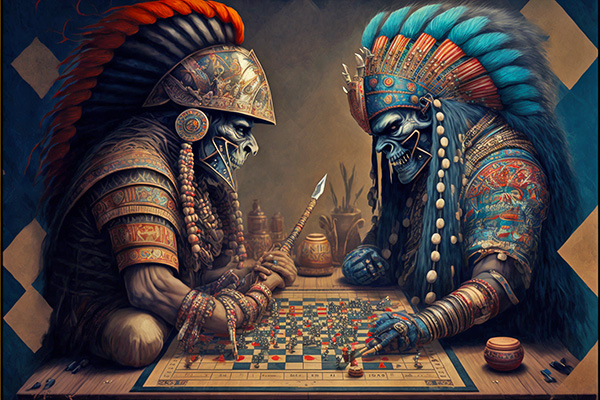
Board games are an essential element of many popular and beloved games, from classic board games to social games. Designing and producing board games is a complex process in which many factors affect the quality and success of the game. In this article, we will discuss the most important aspects of designing and producing board games, including the design process, material selection, mass production, and testing. The goal of this article is to provide valuable tips and advice for designers and producers who want to create a memorable board game.
What is a board game and how to design it?
In this section, we will discuss what a board game is and how to design it to be functional and attractive to players. A board game is an integral part of every game and serves as the basis for gameplay. Through board design, we can introduce diversity and interaction, which is essential for creating a successful game.
What is a board game?
A board game is an equipment item on which the game is played. Board games can be made from different materials, such as wood, cardboard, plastic, or paper, and contain printed elements, such as fields, numbers, colors, and images, which serve as hints for players and help them in conducting gameplay. Board games are important for the game because they provide a stable surface to play on and allow players to easily conduct gameplay. Depending on the game, board games can be of different sizes and shapes, but their main purpose is to provide a comfortable and safe surface for gameplay.
How to choose the material for the board?
The choice of material for the board game is crucial for the durability and quality of the product. Several factors should be taken into account, such as durability, ease of cleaning and storage, as well as aesthetics. The most commonly used materials are glossy paper, cardboard, plastic, wood, and plywood. Glossy paper is lightweight and inexpensive, but it quickly deteriorates and is difficult to keep clean. Cardboard is more durable and easier to maintain, but it may shrink and have scratches between the layers. Plastic is durable and resistant to damage, but it may be more expensive. Wood and plywood are elegant and durable, but they are more expensive and heavier. The final choice depends on the requirements and budget of the project.
How to design the path on the board?
Designing the path on the board game is an important element of creating a game and affects its attractiveness and functionality. To design an effective path, several factors should be taken into account, such as the game's purpose, level of difficulty, and player expectations.First of all, it is necessary to determine what the main goals of the game are and what elements should be included in the path design. This can include scoring, random elements, or special objectives.
Then, you need to determine the level of difficulty of the game to properly adjust the length and difficulty of the path. For example, if the game is designed for younger players, the path should be shorter and easier, whereas if the game is aimed at mature players, the path should be longer and more complicated.
Another important element is to ensure a balance between random elements and player control. Players should have the ability to influence their progress on the path, but at the same time, there should be random elements that add excitement and unpredictability to the game.
Finally, attention should be paid to the design aesthetics, ensuring that the path is clear and easy to understand for players. The color and graphics should be consistent and appropriate for the game theme.
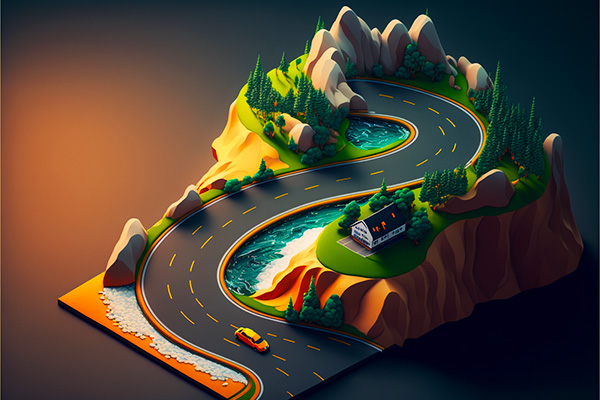
How to introduce game elements on the board?
Game board elements are objects, symbols, and spaces that are used for gameplay. To introduce them onto a game board, you need to decide which ones are necessary for the game and how they will look. Then, you should choose the appropriate tool, such as a graphics program, to create these elements and place them onto the board. It is important to ensure that the elements are legible and easy for players to understand. For strategic or logical games, the elements on the board should also be easy to move and require player attention and thinking. To achieve the best results, it is worth consulting with a game designer or experienced player to get their opinions on the board design.
Examples of game board elements include:
- Game pieces
- Dice
- Cards
- Tokens
- Markers
- Figurines
- Cards
- Dice
- Indicators
- Interactive elements, such as switches and sliders.
What illustrations to choose for a game board?
- Game theme: Illustrations should be consistent with the game theme and be an integral part of it. They can be characters, buildings, animals, or landscapes.
- Style: Illustrations should be stylistically consistent and match the rest of the project.
- Colors: Colors should be consistent with the other elements on the board and create a cohesive whole.
- Quality: Illustrations should be of high quality and clear so that players have no trouble reading them.
- Customization: Illustrations should be customized to the needs of the game, i.e., they should be of the appropriate size and include all necessary details.

Printing and Production of Game Boards
After designing a game board, the next step is its production. It is important to use the appropriate printing technique and choose the right material so that the final product is durable and aesthetic. In this section, we will discuss the key aspects of printing and producing game boards, such as choosing a printer, types of printing, and board mounting methods.
How to print the chosen game board?
To print the chosen game board, you need to select the appropriate printing tool. This can be an "amateur" laser or inkjet printer, as well as professional digital or offset printing. Then, you need to ensure the proper formatting of the file with the board project to ensure its correct printing. You should also choose the appropriate consumables, such as paper or foil, that are suitable for printing game boards. Finally, you need to go through the printing process and check if everything is in order.
What board game templates can be used?
Game board templates are ready-made designs that can be used as a basis for creating your own game board. There are various templates that can be used, including templates for puzzle games, chess, checkers, tactical games, role-playing games, and many others. Many of these templates are available for free on the internet, making it easy to find the right one for your needs and customize it to your own requirements. In some cases, you can even print and assemble ready-made templates, which allows for quick and easy production of game boards.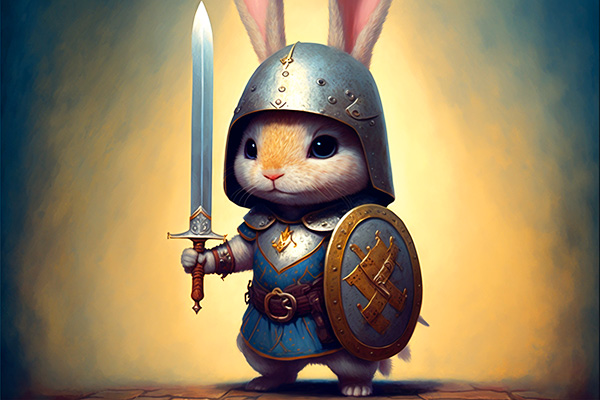
What is needed to produce a game board?
- High-quality design - to achieve the best effect, it is worth hiring an experienced designer who will create an attractive and functional game board.
- Proper tools and machines - high-quality printing machines, such as offset or digital, as well as cutting, folding, and packaging tools, are necessary for game board production.
- High-quality materials - appropriate materials, such as paper, foil, cardboard, or plastics, are necessary for game board production to ensure durability and resistance to damage.
- Team of professionals - game board production requires many different skilled workers, such as graphic designers, printers, cutting and folding specialists, as well as logistics and warehouse workers.
- Solid and safe packaging - to ensure the safety of the game board during transport, durable and safe packaging is necessary.
- Access to the market - to achieve a return on investment, it is essential to find the appropriate distribution channel, such as brick-and-mortar stores, online stores, or wholesalers.
How to control the quality of a printed game board?
To ensure the quality of a printed game board, it is important to follow several steps. Firstly, make sure that the file is properly prepared, i.e., it contains appropriate resolutions, colors, and sizes. Secondly, choose a reputable printing service provider who uses high-quality equipment and materials. Thirdly, always conduct print tests to ensure that everything meets your expectations. Finally, after receiving the prints, pay attention to details such as print sharpness, color cleanliness and uniformity, as well as overall product finishing. If you notice any irregularities, you can request a reprint or product exchange.
How to protect printed game boards from damage?
- Use appropriate paper or cardboard - they should be durable and have a thick surface to avoid damage.
- Laminate the board - lamination increases the durability of the game board and protects it from dirt, scratches, and moisture.
- Matching packaging - to protect the printed game board from damage, it is also important to use appropriate packaging. A good solution is to use a durable box of the appropriate size, which will be perfectly matched to the size of the game board. In this way, the board will have the appropriate support and protection against impact and bending during storage.
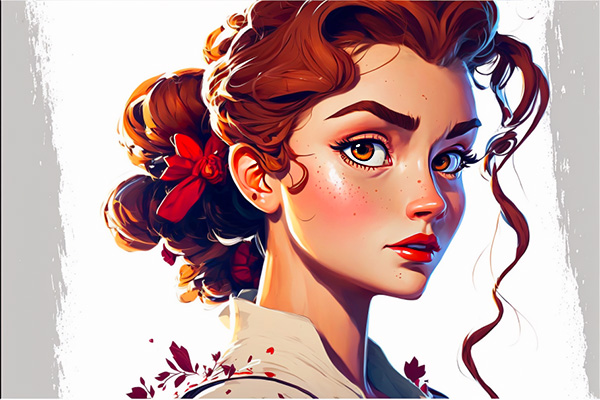
Play your own board game
In today's world, many people value entertainment with their loved ones and seek interesting ways to spend their free time. Designing and producing your own board game is an excellent way to develop creativity and passion, as well as create a unique and unforgettable experience for players. In this section, we will look at how to easily create your own board game and enjoy it with friends and family.
How to create your own board game?
- Determine the theme and goal of the game: come up with a story in which players will participate and clearly define the task they will have to accomplish to win the game.
- Define the rules and regulations: the rules and regulations should be clear and easy to understand for the players.
Design the board: the board should reflect the story and rules of the game, as well as be aesthetically pleasing and eye-catching. - Design game components: game components such as dice, tokens, and cards should be designed to fit the theme and rules of the game.
- Test the game: choose a few people to test the game and gather their opinions on the rules and board design.
- Final adjustments and production: after taking into account suggestions and feedback from testers, the game can be finally adjusted and produced.
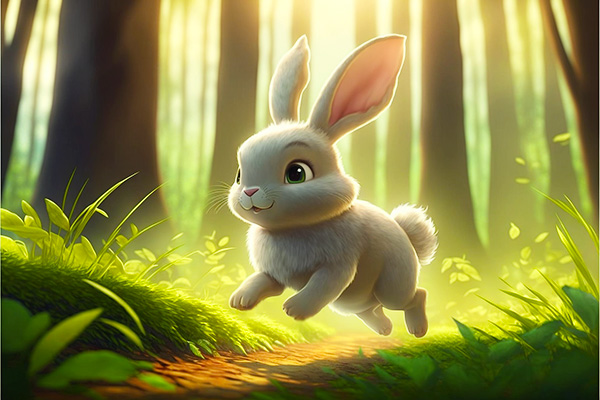
Create a unique board for your board game with us.
Designing and producing board games is our specialty. We offer custom-made board game creation with individual paths and illustrations. Players take turns rolling dice and moving their tokens along a coded path. Illustrations are described by number strips, and players must find the chosen strip to roll the dice and introduce an element of the game. In our store, you will find templates for board games, allowing you to create your own board game. We print the chosen board and necessary components. Our jointly created games are perfect as a home board game for the whole family or as a game version for children or adult players.
We invite you to take advantage of our graphic design, board game design, and production services.
